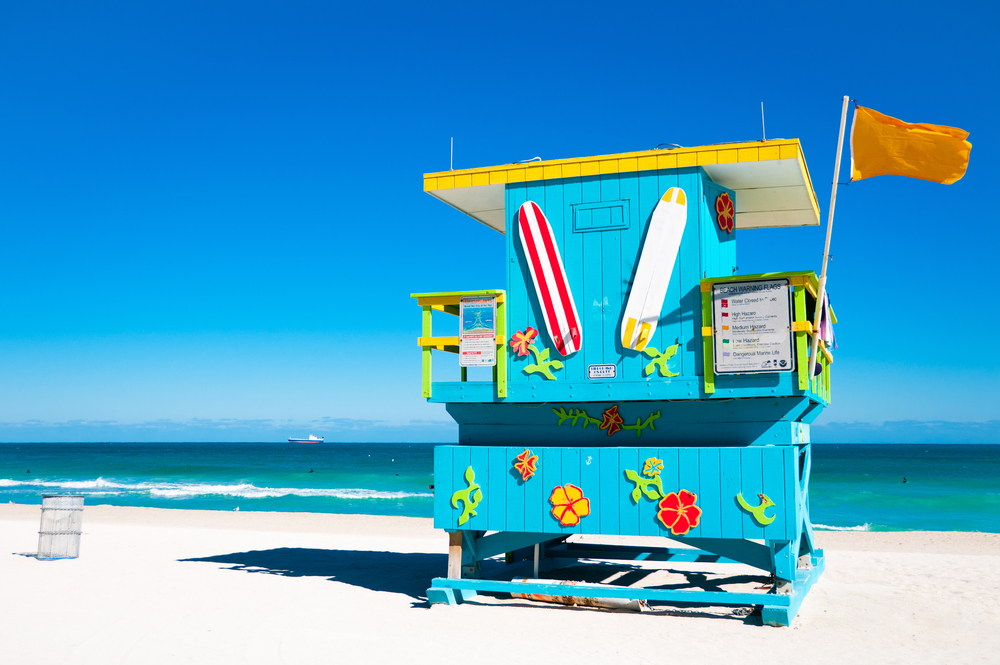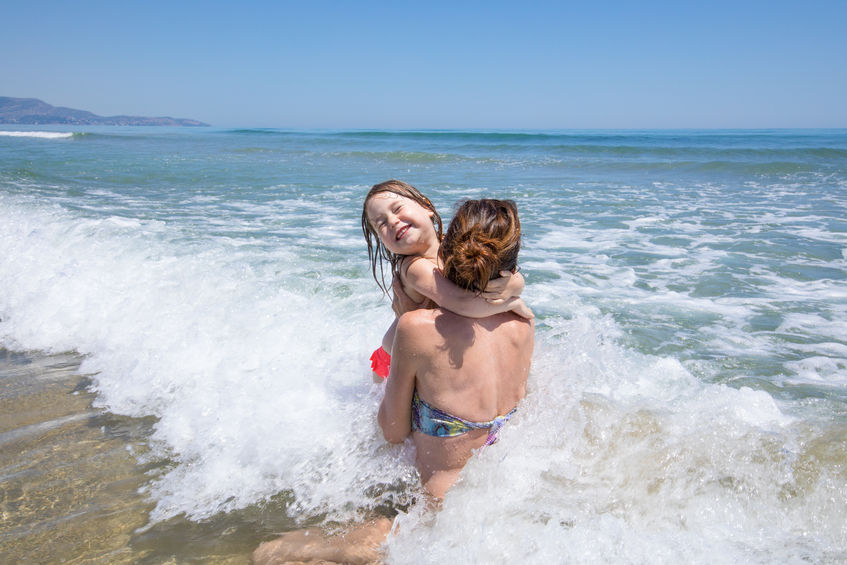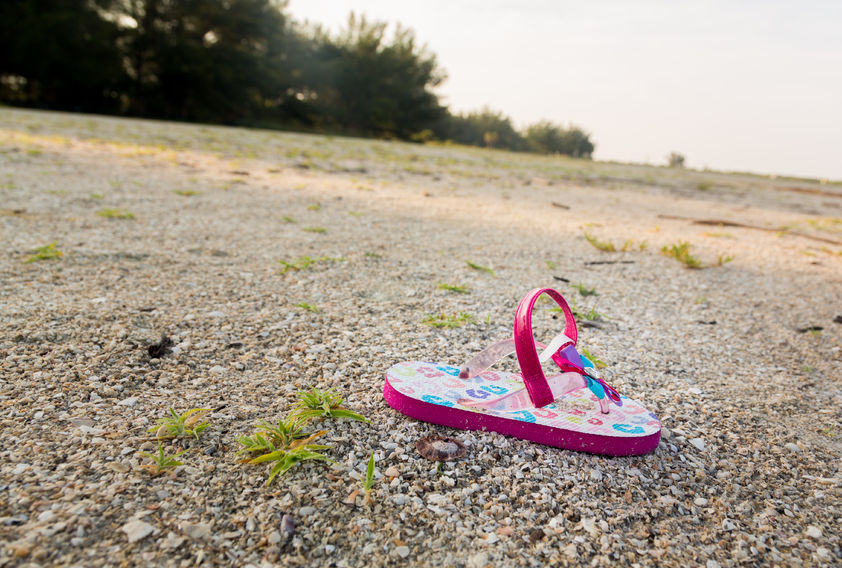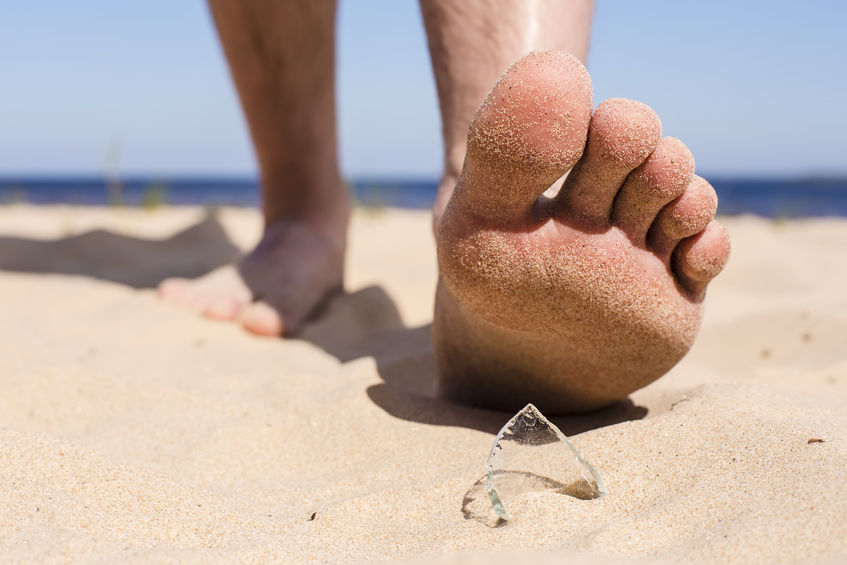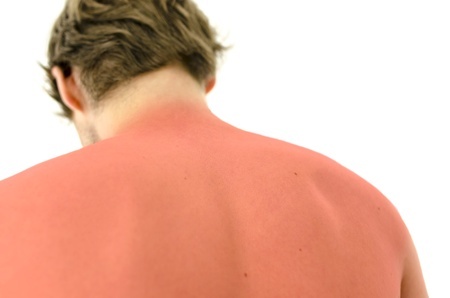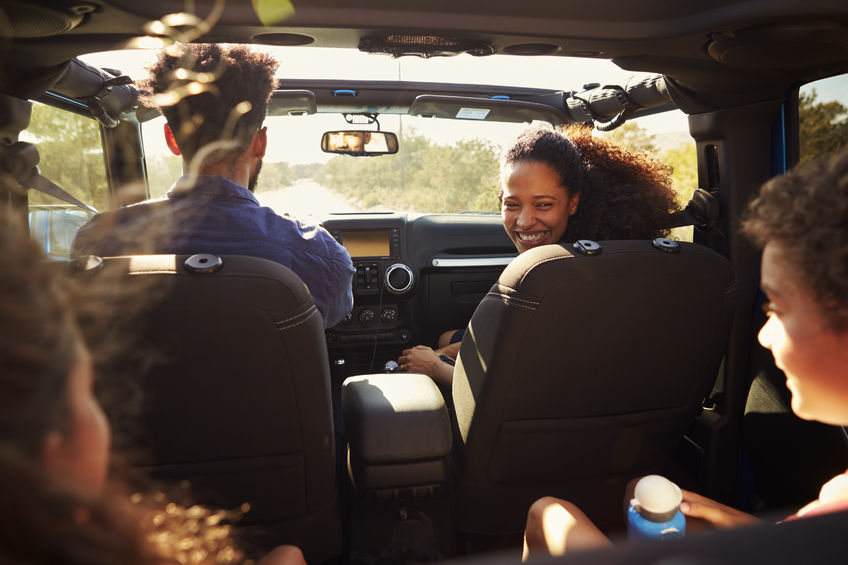Accidents are one of the biggest dangers while driving on the road, and it’s important that everyone knows just what to do in case they find themselves involved in one.
Start by moving your vehicle to a safe area, if possible. Leaving the car in the way of other traffic can add to the problem and adds danger to those still on the road. Unless the vehicle is disabled completely or it would be unsafe to move the car out of traffic, pulling into a safe area is the best course of action. If the car can’t be moved then ensure the hazard lights have been turned on to help warn traffic of the upcoming problem.
Shut off the vehicle and exit it if possible. Once the vehicle has stopped, for safety purposes it’s best to set the car in park and/or place the parking brake, take a few calming breaths, check to be sure it’s safe to exit the vehicle and then get out. This is in case the vehicle may pose any dangers. It’s also important to grab flares or triangles to help set up hazard identification for those that may be driving up on the accident.
Check on everyone involved in the accident to see if emergency care is needed. Finding out if fellow passengers, people in other vehicles, pedestrians or other bystanders need help is the next step. If there are injuries be sure to call 9-1-1 immediately and try to render first aid if possible.
Call the police to the scene to file an accident report. Accident reports are important to insurance companies and in the case of any criminal activity. It’s best not to blame others for the accident to the police, nor should you admit blame, as their investigation will allow them to make a reasonable assessment of the situation and who to assign fault to, if necessary.
Collect as much information as you can, and provide all of your information to others involved in the accident. Getting other driver’s names, license plate numbers, insurance information, car information, the accident location, witness and police contact information and anything else that seems pertinent will help you resolve the accident more swiftly.
Call your insurance provider to see what they’d like to have done. Take photos, write notes, save information and let your insurance agent know exactly what happened. From there let the insurance companies figure out what needs to be done so that you can get back to driving your car as soon as possible.
Have questions? Give us a call us at 800-624-3339 or click here to contact Bob Johnson Insurance.


